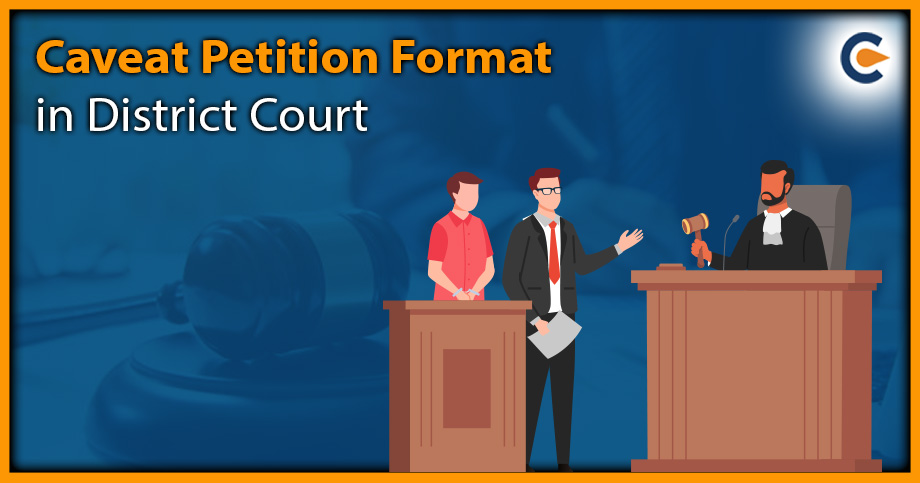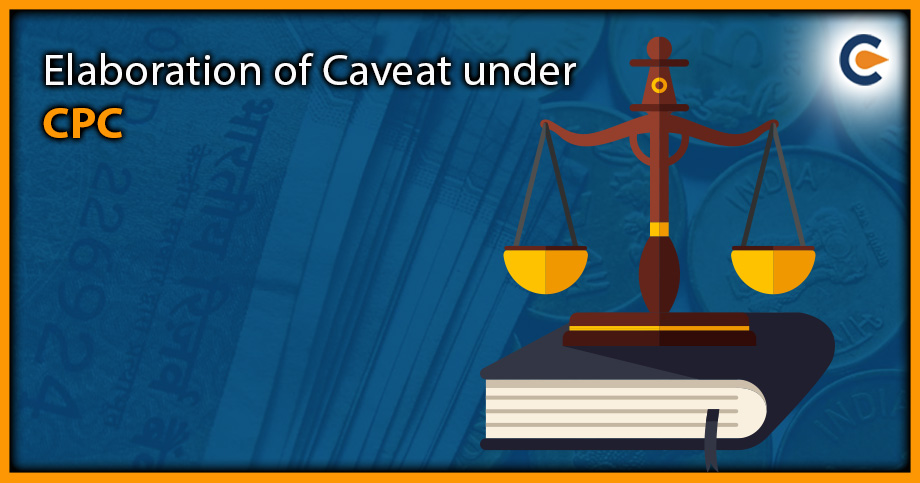A caveat serves as a warning to avoid a person or party filing to prevent a court from taking a decision that would affect their rights or interests. Those with a genuine interest in the topic want to protect that interest by alerting the court or authority to their claim or objection by filing a caveat. A caveat is used to prevent any action from being taken until the person who filed the caveat has had an opportunity to be heard and to present his or her case. This article will discuss in full the format of a caveat petition in district courts.
Format of Caveat Petition
The format of a caveat may vary depending on the specific requirements of the court or authority with which it is filed. Typically, it includes the following details:
Title:
The title of the document should clearly state that it is a caveat, followed by a description of the subject matter. For example, “Caveat to Prevent the Grant of Probate in the Estate of [Name of the Deceased Person]”.
Details of the Petitioner:
The petitioner should be identified by name and address, and should include details of his/her relationship with the subject matter of the caveat. For example, if the caveat is filed in an estate matter, the petitioner should state his or her relationship with the deceased person.
Grounds for the Caveat:
The grounds for the caveat should be clearly stated, including the reasons why the petitioner believes that the action should be prevented. For example, if the caveat is filed in an estate matter, the grounds may include objections to the validity of the will or concerns about the appointment of an executor.
Relief Sought:
The relief sought should be clearly stated, including the specific action that the petitioner wants the court or authority to take. For example, if the caveat is filed in an estate matter, the relief sought may include an order preventing the grant of probate until the petitioner’s objections have been heard.
Supporting Documents:
The caveat should be accompanied by any supporting documents that are relevant to the petitioner’s claim or objection. This may include copies of the will, death certificate, or any other documents that support the petitioner’s case.
Sample of Caveat Petition
In the context of district court, a caveat petition is typically filed to prevent a will’s probate or letters of administration from being granted in an estate matter. The following is the format for a caveat petition in district court:


Top of Form
Documents to Be Annexed With Caveat Petition
When filing a caveat petition in district court[1], certain documents need to be annexed or attached to the petition to support the petitioner’s claim and objections. The following documents are just a sample of many that are commonly annexed with a caveat petition:
- An affidavit in support of the petition, which contains a sworn statement of the facts and circumstances that led the petitioner to file the caveat petition. This affidavit should contain information about the petitioner’s claim, the grounds on which the petitioner is contesting the other party’s request for relief, and any other pertinent details.
- A vakalatnama, or power of attorney, authorizing the advocate or lawyer representing the petitioner to act on his/her behalf in the case.
- Memo of Appearance.
- Filled Index.
- Cause Title and Case Name.
- Court fees.
The paperwork that must be submitted with a caveat petition may change based on the particular case’s facts and circumstances, as well as the laws of the district court where the petition is filed. Keep in mind that this is a crucial point. As a result, getting legal counsel prior to submitting a caveat petition is typically necessary. To make sure all the required paperwork is included and to prevent any legal issues.
Conclusion
In a literal sense, a caveat is a legal notice or warning that is given to a court or other authority to prevent some action from being taken. As the format of a caveat petition varies with respect to the court’s authority under which it is to be filed, it is always advisable to speak with a lawyer or other legal professional before filing a caveat. A consultation with a lawyer will ensure that the document is properly prepared and complies with all the relevant legal requirements.
Read Our Article: Who Can File A Caveat Petition?











